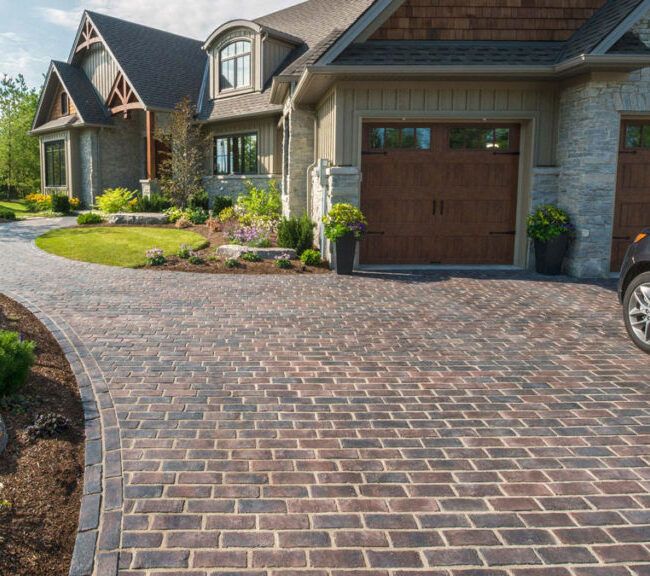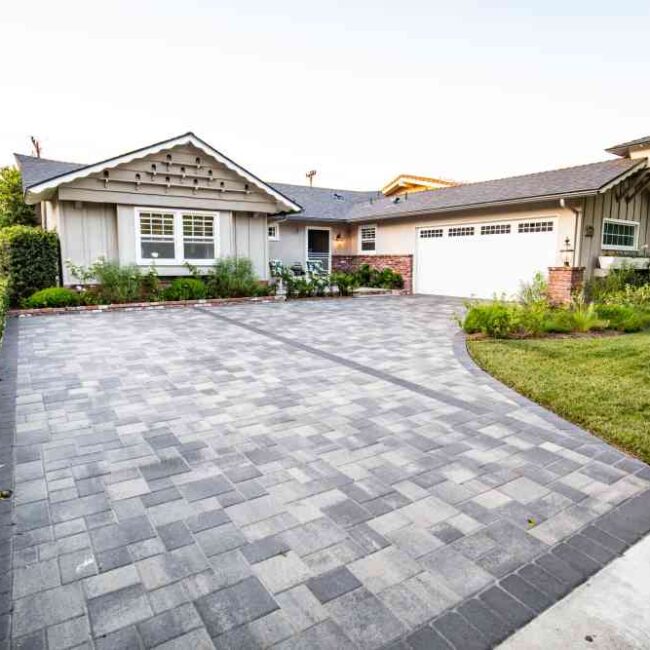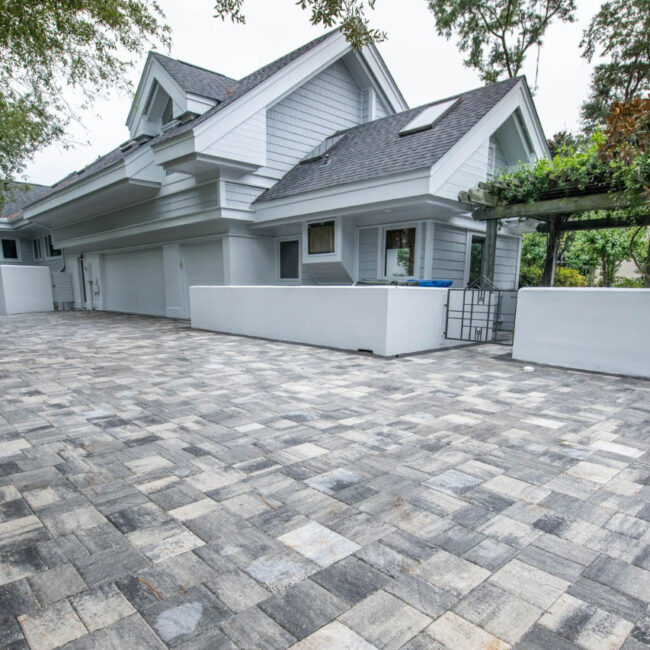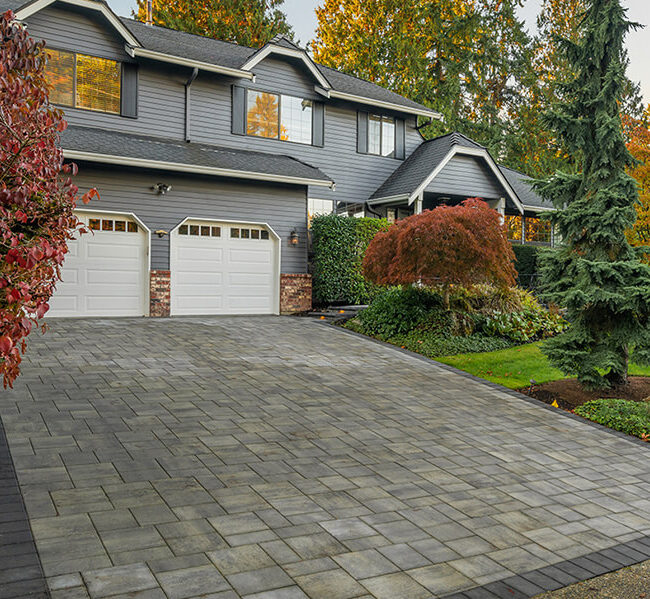Address
126 Maple Ave, Wallington, NJ 07057, USA
Work Hour
Open 24h






Masonry pavers are versatile and durable landscaping elements made from concrete, clay, or natural stone, used to create attractive and functional outdoor surfaces. These pavers are commonly used for pathways, driveways, patios, and other outdoor areas. Masonry pavers come in a variety of shapes, sizes, colors, and textures, allowing for flexible design options to fit any aesthetic. They are prized for their strength and ability to withstand various weather conditions without cracking or fading. Additionally, pavers are relatively easy to install and maintain, and if a section becomes damaged, individual pavers can be replaced without disturbing the entire surface. This makes them a popular choice for both residential and commercial landscaping projects.
Masonry pavers are highly durable and aesthetically versatile building materials commonly used in landscaping to create functional and decorative pavement surfaces. These pavers are made from various materials, including concrete, clay, and natural stone, each offering distinct characteristics and benefits.
Concrete Pavers: These are manufactured through a mix of cement, aggregate, and color pigments, and are available in a wide range of colors and shapes. Concrete pavers are known for their strength and versatility and are typically less expensive than their natural stone counterparts.
Clay Pavers: Made from natural clay that’s formed into shape and then baked in a kiln. Clay pavers are admired for their color longevity and classic aesthetic appeal. They often come in shades of red, brown, and orange but can also be found in more muted tones.
Natural Stone Pavers: These pavers are cut from natural stone blocks, such as granite, limestone, slate, or bluestone. Each stone type brings a unique texture and color, making them highly sought after for high-end projects. Stone pavers are extremely durable and maintain their natural color for a lifetime.
Masonry pavers are ideal for numerous outdoor applications:
The process of installing masonry pavers involves several steps:
Masonry pavers combine functionality with aesthetic appeal, making them a popular choice for enhancing outdoor spaces. Their versatility and durability make them suitable for a variety of projects, from simple pathways to expansive public plazas.
Installing masonry pavers is a multi-step process that transforms outdoor spaces into functional and attractive areas. This process involves careful planning and execution to ensure that the paved surface is durable, level, and aesthetically pleasing. Here’s a detailed breakdown of the process followed by a concise list of the main steps involved:
Design and Planning: Begin by determining the layout, pattern, and type of pavers to be used. This step involves measuring the area to calculate the number of pavers needed and choosing a design that complements the surrounding landscape.
Site Preparation: Clear the area where the pavers will be installed. This includes removing any existing vegetation, debris, or old paving materials. The ground is then leveled to prepare for the base material.
Base Installation: Lay down a base of crushed stone or gravel. This layer provides a stable foundation for the pavers and helps with drainage. The base material is compacted using a plate compactor to ensure a firm, even surface.
Edge Restraints: Install edge restraints around the perimeter of the paving area. These restraints prevent the pavers from shifting and help maintain the integrity of the installation.
Laying the Pavers: Place the pavers in the desired pattern, starting from one corner and working across. Use a rubber mallet to tap each paver into place, ensuring they are level with each other.
Cutting Pavers: For areas where a full paver doesn’t fit, measure and cut the pavers to size using a masonry saw or a chisel and hammer.
Filling Joints: Once all the pavers are laid, spread fine sand over the surface and sweep it into the joints between the pavers. This sand helps lock the pavers in place.
Compaction and Finishing: Use a plate compactor over the pavers to settle the sand into the joints and ensure the pavers are snugly set. Add more sand and repeat the process if necessary.
Sealing (Optional): Apply a sealant to the pavers to enhance their color and protect the surface from stains and weather damage.
Following these steps ensures a successful installation of masonry pavers, creating a durable and visually appealing outdoor area. Regular maintenance, such as re-sanding the joints and cleaning the pavers, will keep the paved area looking its best for years to come.
